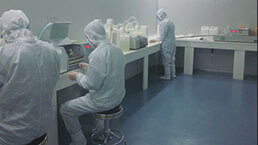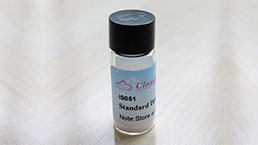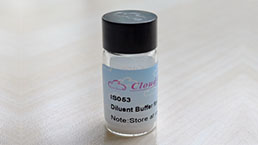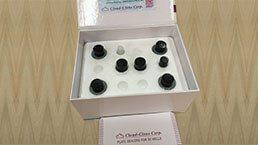ELISA Kit DIY Materials for Phosphoglycerate Mutase 1, Brain (PGAM1)
PGAMA; PGAM-B; BPG-dependent PGAM 1; Phosphoglycerate mutase isozyme B
- Product No.KSE528Hu01
- Organism SpeciesHomo sapiens (Human) Same name, Different species.
- Reagent Contents Capture Antibody, Detection Antibody, Standard, Streptavidin-HRP, TMB Substrate, 96-well Plate
- Detectable SampleTissue homogenates, cell lysates and other biological fluids.
- Applicable PrincipleDouble-antibody Sandwich ELISA for Antigen Detection
- Detectable Range1.56-100ng/mL
- Applicable Sensitivity0.58ng/mL
- ApplicationsMain materials for "Do It (ELISA Kit) Yourself".
- Downloadn/a
- UOM 96T*596T*10 96T*20 96T*50 96T*100
- FOB
US$ 1260
US$ 2100
US$ 3780
US$ 7350
US$ 12600
For more details, please contact local distributors!
SPECIFITY
The Abs in the kit have high sensitivity and excellent specificity for detection of Phosphoglycerate Mutase 1, Brain (PGAM1). No significant cross-reactivity or interference between Phosphoglycerate Mutase 1, Brain (PGAM1) and analogues was observed.
USAGE
1. Coat the plates with 100μL per well of working solution of Capture Antibody.incubate overnight at 4°C or incubate at 37°C for 2 hours.
2. Aspirate and wash 1 time.
3. Block the plates with 200 μL per well of working solution of Blocking Buffer. Incubate at 37°C for 1.5 hours.
4. Aspirate and wash 1 time. The plates are now ready for sample detection, the protocol is the same as regular ELISA.
STORAGE
Antibodies, Standard and Streptavidin-HRP should be stored at -20°C. TMB should be stored at 4°C. 96-well Plate could be stored at room temperature. The contents are valid for twelve months. They are stable for one month after opening when stored at 4°C.
Support Pack
GIVEAWAYS
INCREMENT SERVICES
| Magazine | Citations |
| Journal of Proteomics | Putative salivary biomarkers useful to differentiate patients with fibromyalgia Pubmed:29654921 |
| Clin Proteomics | Serum proteomics unveil characteristic protein diagnostic biomarkers and signaling pathways in patients with esophageal squamous cell carcinoma Pubmed:35610567 |















